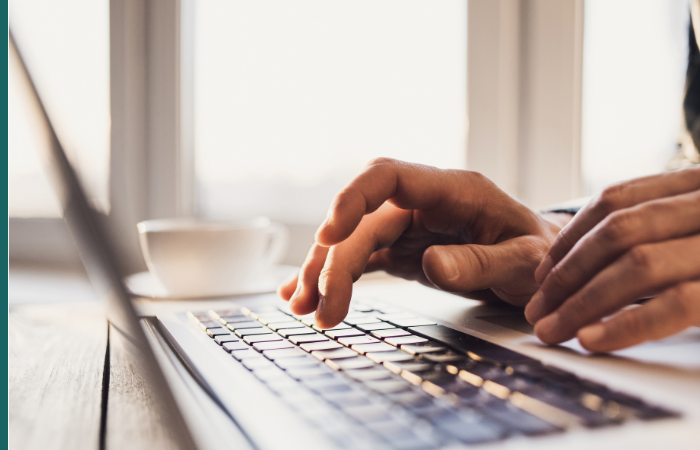What to look out for with self-assessment tax returns in the digital era
If you are new to the world of self-employment, owning additional property, or gaining additional income aside from your normal wage, then you may be wondering what a self-assessment tax return actually is. There are changes on the horizon, too, and the demands and requirements are changing.
Here, Sudesh Sud, looks at what to look out for with self-assessment tax returns in the digital era.
What Is a self-assessment tax return?
If you are new to the world of self-employment, owning additional property, or gaining additional income aside from your normal wage, self-assessment tax returns are vital as income tax isn’t automatically taken out of your wages. This is where self-assessment tax returns come in; they are a way of telling the government how much you earned so that your income can be taxed appropriately. It is your personal obligation to confirm and check that the information you submit is correct.
How is making tax digital affecting self-assessment tax returns?
If you are new to the world of self-assessment tax returns, then you have joined at an interesting time. You may have already seen the phrase Making Tax Digital (MTD) when researching self-assessment tax returns online.
So, what is Making Tax Digital, and how does it affect your tax return? The short answer is that Making Tax Digital is the new way to file your self-assessment tax position, although the need to self-assess and submit your tax position will not change.
There will be three big changes that come into effect when MTD comes into full force in April 2023:
Income tax returns will be submitted through MTD software.
Digital records of your tax-related income and expenditure will need to be kept in suitable MTD software.
Self-Assessment tax submissions will need to be made once a quarter, with a final End of Period Statement, and Annual Summary to be submitted after the end of the tax year.
Submitting tax returns every quarter may sound daunting, and like a lot more work than the old self-assessment tax return route – however, HMRC recognised software makes it simpler. Software can be used in order to help manage your taxes, making the whole process a lot easier for you in the long run. It allows for you to put together your tax return and submit it in a far easier way, whilst reducing the potential for mistakes.
Should you use software to complete your tax return?
In 90% of cases, it is possible to use software for completing your self-assessment and submitting it online, making it much easier and making tax far more doable. HMRC recognised software is designed around making submitting tax returns a lot easier. If you are a sole trader, tradesperson, or landlord then it should be easy to submit your tax return via software.
There are, however, a couple of things that software can’t yet do. Namely, you can’t register or pay through the software. Registering for a self-assessment tax return, and paying your final tax bill, must be done directly through HMRC. All you need to do is register via the HMRC website in order to create an account.
Working out your self-assessment tax bill
Some software will calculate your tax bill in real time. This makes it a lot easier and always gives you visibility over what you owe and when. Unless you really love spreadsheets and keep all of your financial information in excel along with your precise tax calculations, this is one of the most convenient ways to keep an eye over how much tax you are likely to owe and when it should be paid.
That being said, you may not necessarily want to use software yet or you may want to calculate your own bill – in which case, there is a very simple process. Once you send in your tax return, HMRC will create a bill for you detailing how much you owe. This can be seen in the HMRC portal, under the “View Your Calculation” section before you submit your tax return. Alternatively, HMRC will send your bill to their online account system up to 72 hours after you have submitted your tax return.
There are options if you aren’t able to pay your tax bill, or if you can’t pay on time. If that is the case, you need to contact HMRC straight away to arrange an alternative.
What happens if you don’t complete your self-assessment tax return on time?
There are unfortunately penalties in place for not filing a return on time. If your return is up to three months late then there is a fee of up to £100, plus interest on any late payments. For self-assessments over three months late then the fine could be much larger.
If there is a good reason for not having filed your return, then you can always appeal any fine or penalty. Be warned: it needs to be a good excuse.
There are currently proposed penalties for late submissions once MTD comes into full effect in April 2023 – although they are not in effect just yet.
The current proposition is a points-based system, with points allocated to offences. There will be penalty thresholds, where, once enough points have been accumulated to push you past that threshold, a fine will be issued. For late penalties, the penalty is determined by the amount of time that the submission is late.
For those unsure about whether or not they need to fill out a self-assessment tax return there is a great HMRC tool for finding out if you need to here.








